There is a tremendous consistency to the things we’ve said about the Toyota GT86 and its Subaru BRZ twin during the past 10 years. In September 2011, a see-through full-size model of the coupé appeared on the Subaru stand at the Frankfurt motor show, with its drivetrain on full display. “It will have the lowest centre of gravity of any rear-drive sports car on the market,” we wrote.
That November, I first drove the Toyota version, a disguised prototype when we still thought it would be called the FT-86. But while the name ended up different, what we thought about its purity remained the same. “If you add more power, you will need a turbocharger and bigger brakes, and that adds weight, and that’s where the downward spiral starts, right?” I wondered. Correct, said Toyota: “The key development for the FT-86 is that it’s a front-engined, rear-drive car with intuitive handling. A fun car is a car you can control. We rejected the idea of a car developed using numbers. It must have a front-engine/rear-drive layout, a naturally aspirated engine and a low centre of gravity.”’
The effect of all of those characteristics was startling. By the following summer, we had given the finished article a five-star road test rating. That autumn, it won our Britain’s Best Affordable Driver’s Car contest. Then it moved onto the full, non-affordable competition, and it beat everything in that, too.
That Christmas, we named it one of our cars of the year (obviously): “The package is so well conceived and so persuasively delivered that the threat of diminishment shadows any possible alteration. More power? Perhaps, but it isn’t intended to be fast and a turbo would likely ruin the perfectly poised throttle response. A bigger, better, quieter interior? Well, okay, but we wouldn’t want to add a single solitary kilogram to [Tetsuya] Tada’s and [Toshio] Masuda’s [chief programme engineers of Toyota and Subaru respectively] hard-won 1275kg kerb weight.” In fact, we weighed one car at just 1235kg fully fuelled.

By 2019, we were entirely accustomed to it, but it was clear that it was closer to the end of its life than the start. During a drive of a development GR Supra, Toyota had a GT86 on hand for a convoy with the larger new coupé. “Swapping into it,” I wrote, “I’m reminded of the advantages that minimal mass gives you. Sure, the GT86’s engine is wheezy, but working it hard, you can carry speed and enjoy delicate fingertip steering responses that are denied the heavier Supra. It’s a reminder of how exceptional the GT86’s chassis is, which I suspect wasn’t the object of the exercise.”
Indeed it wasn’t. I like the Supra but, even in its new four-cylinder guise, there’s no chance that it can step on the toes of the GT86. Especially given that it’s way more expensive.
And anyway, even if it could, now the GT86 is gone. Subaru withdrew the BRZ from sale last summer and the last GT86 left Toyota dealerships in February. It’s my favourite car of the past decade, and it’s fair to say that we championed it.











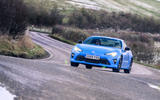



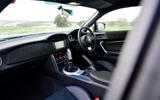
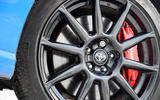
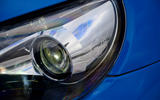
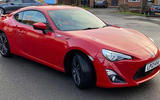

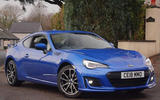
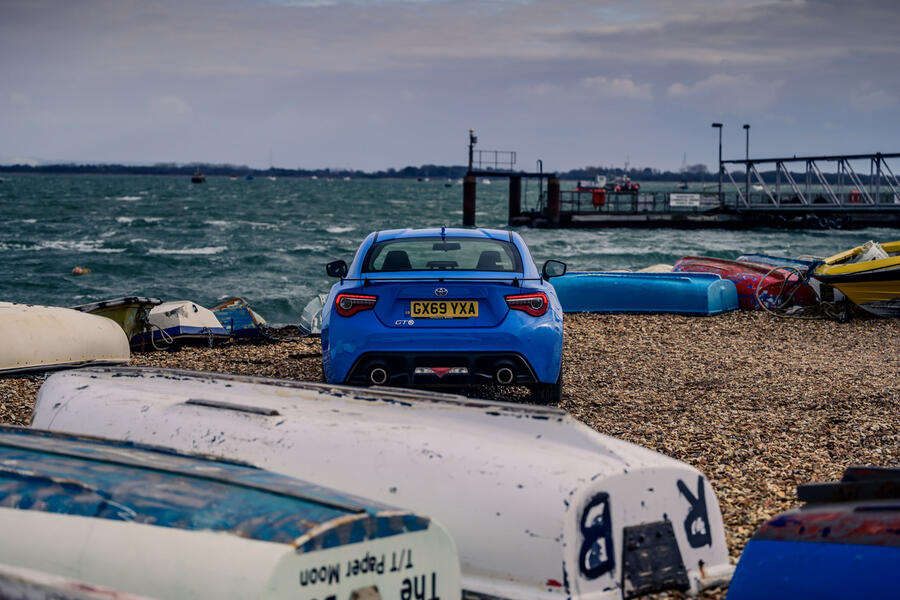
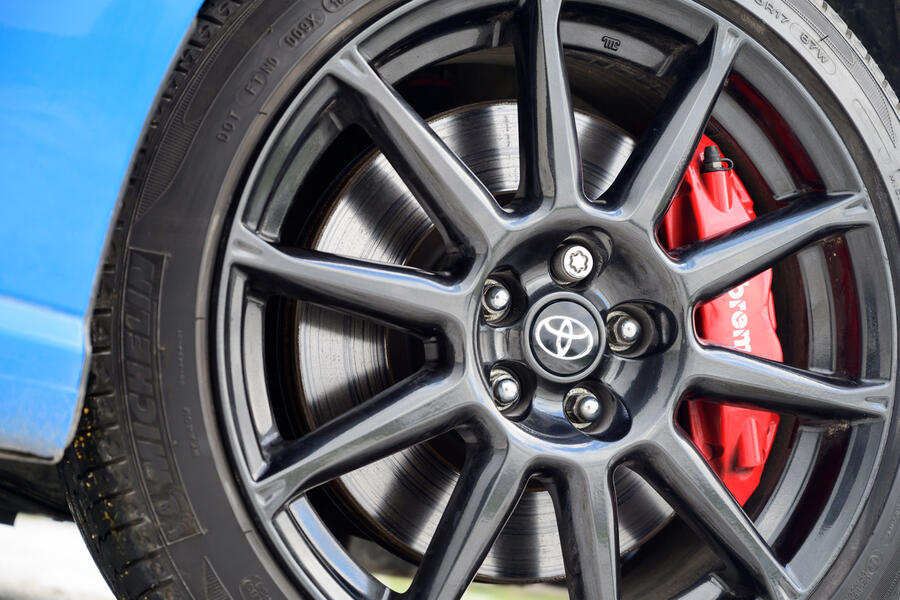
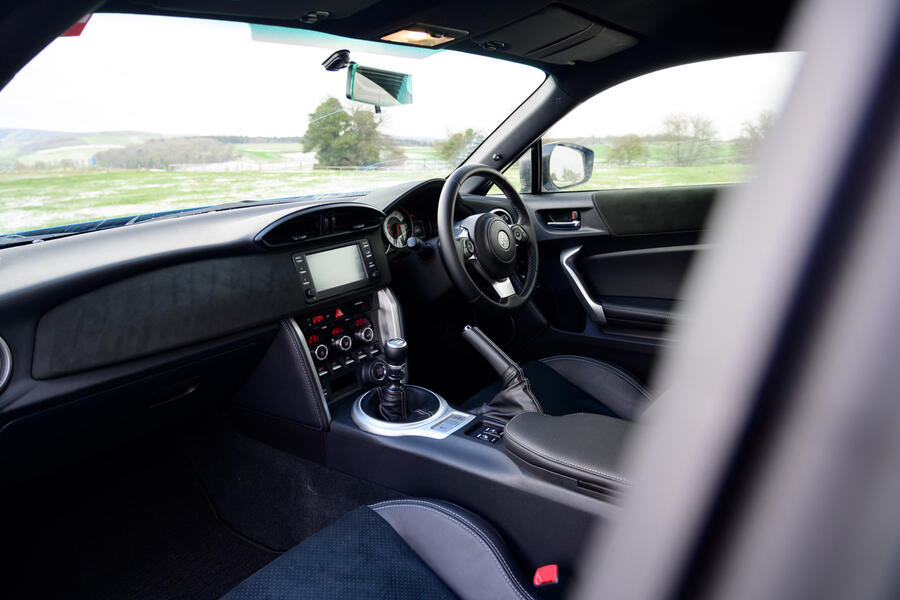
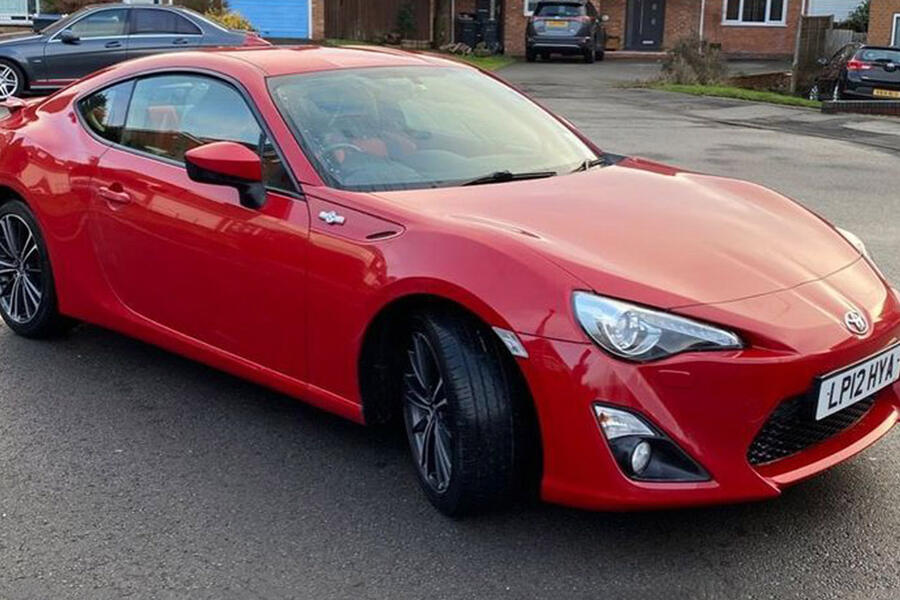
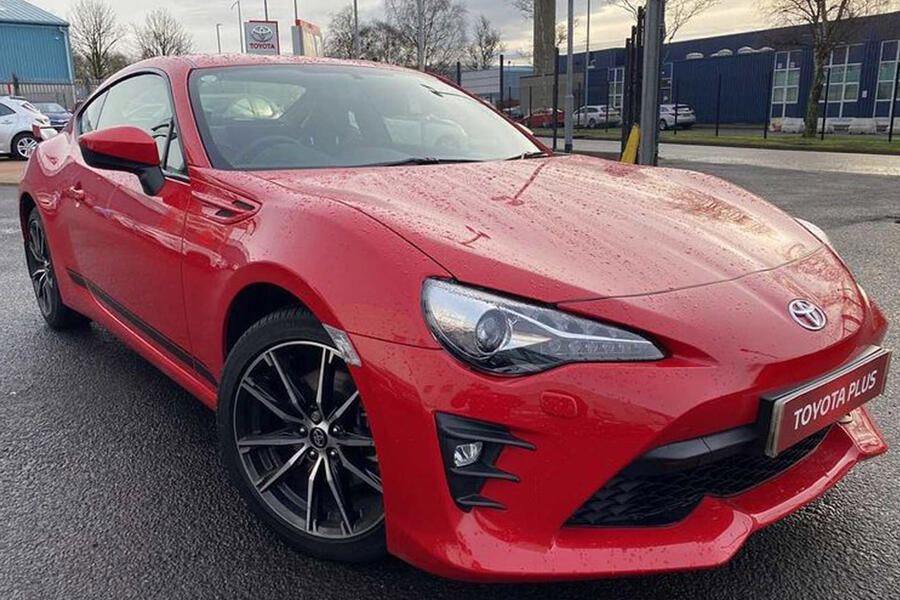
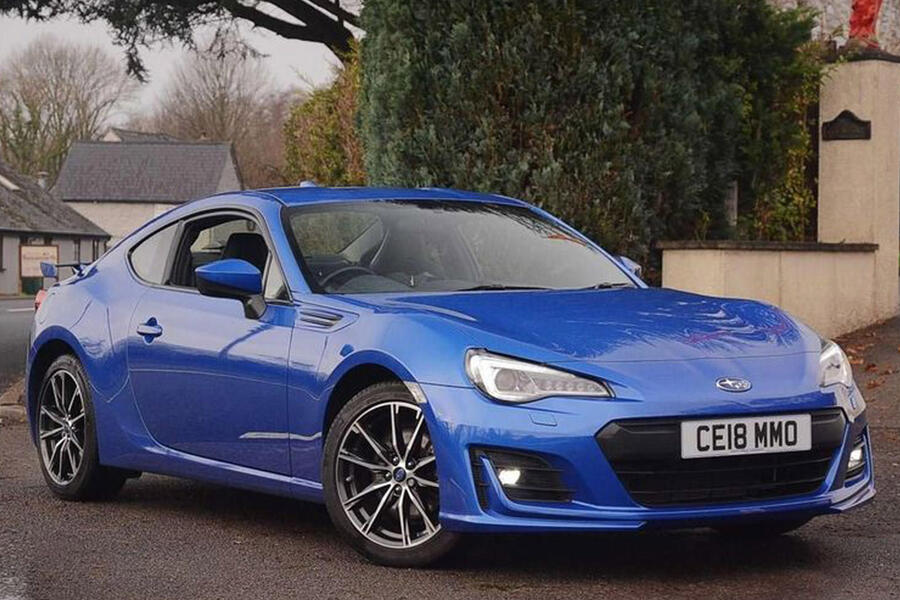

Add your comment